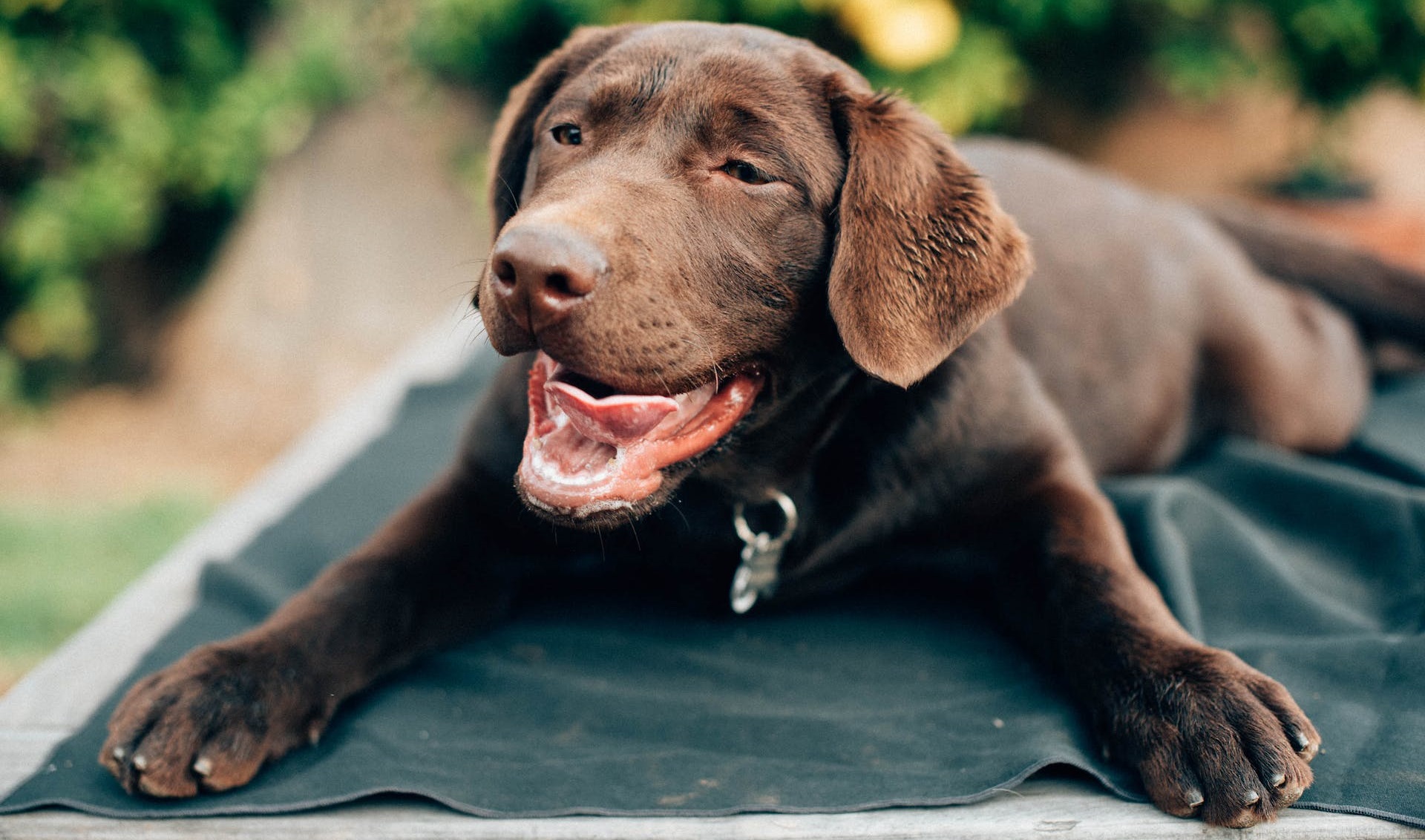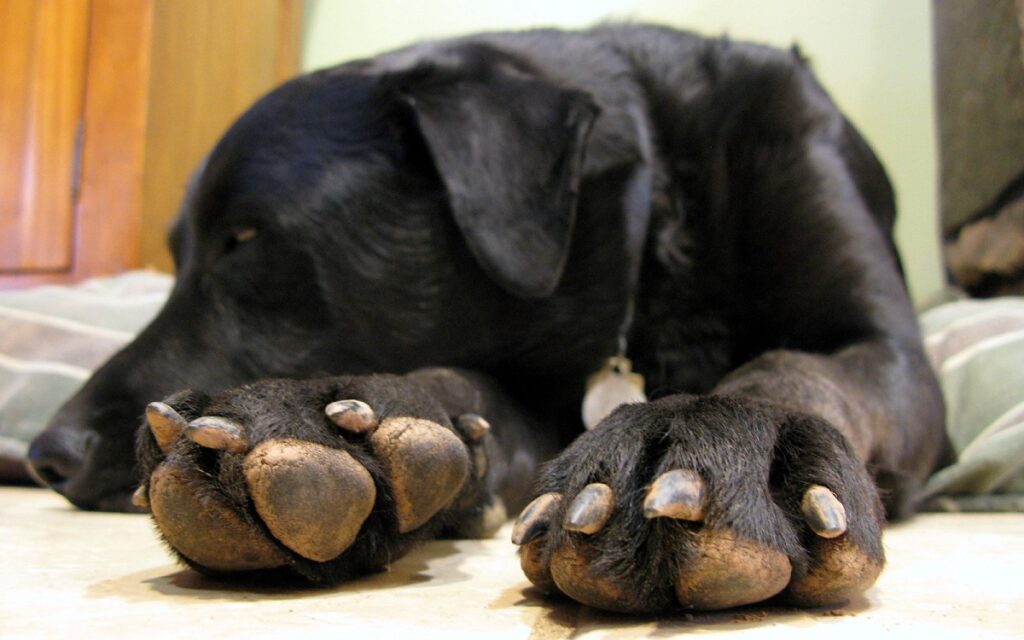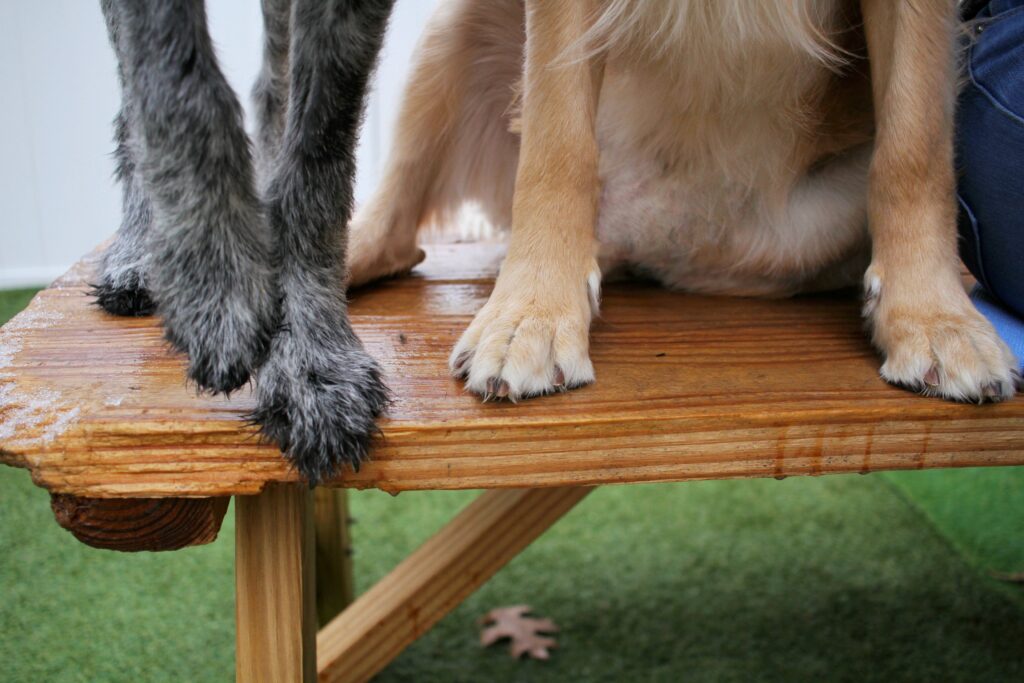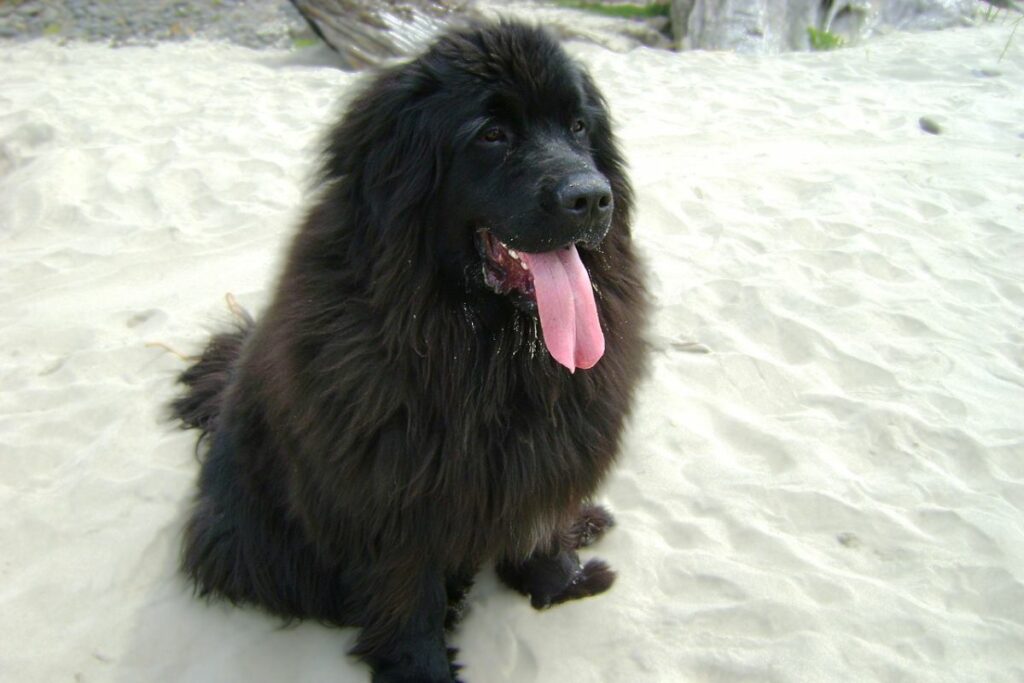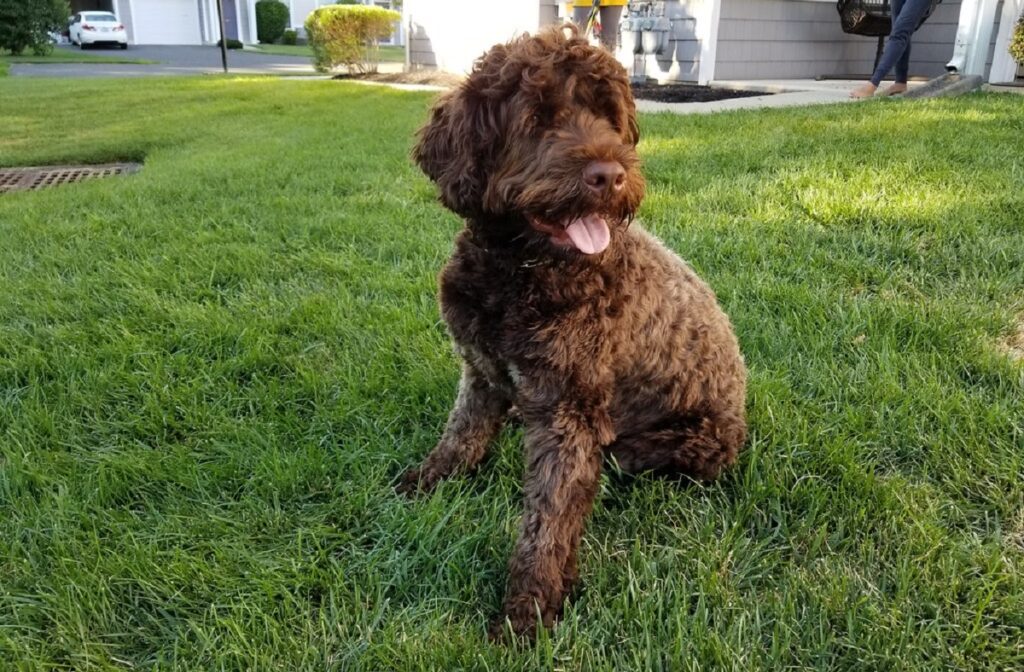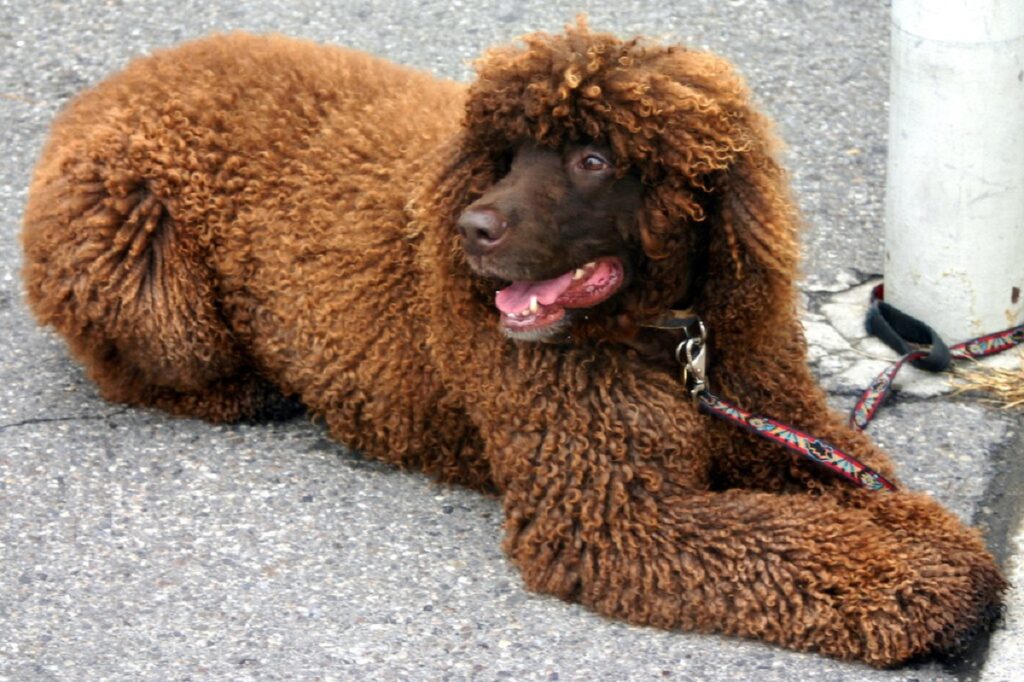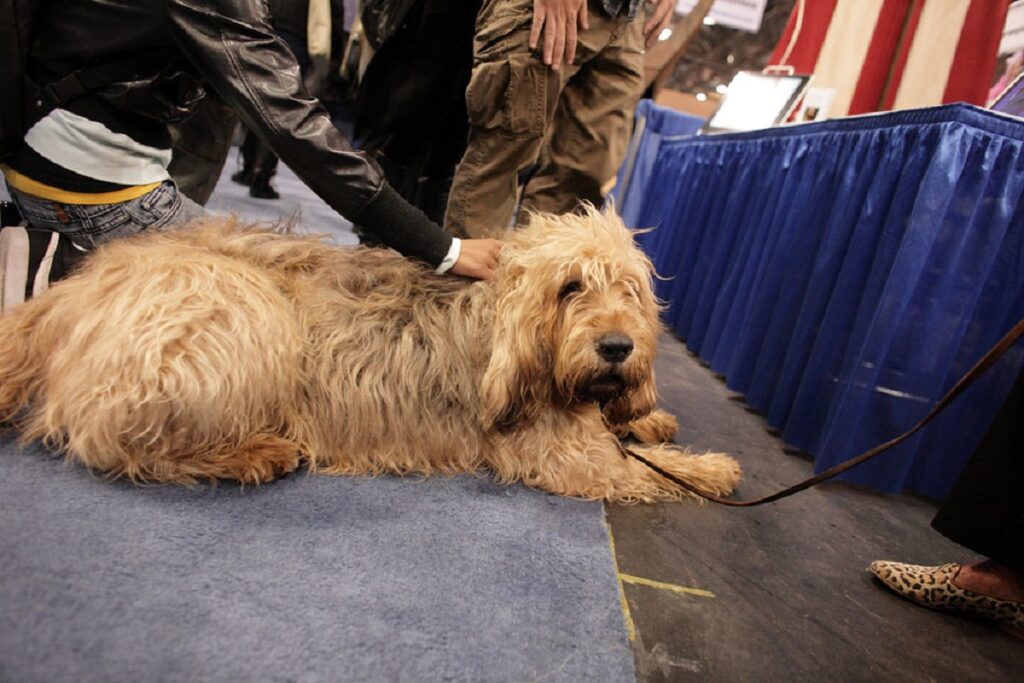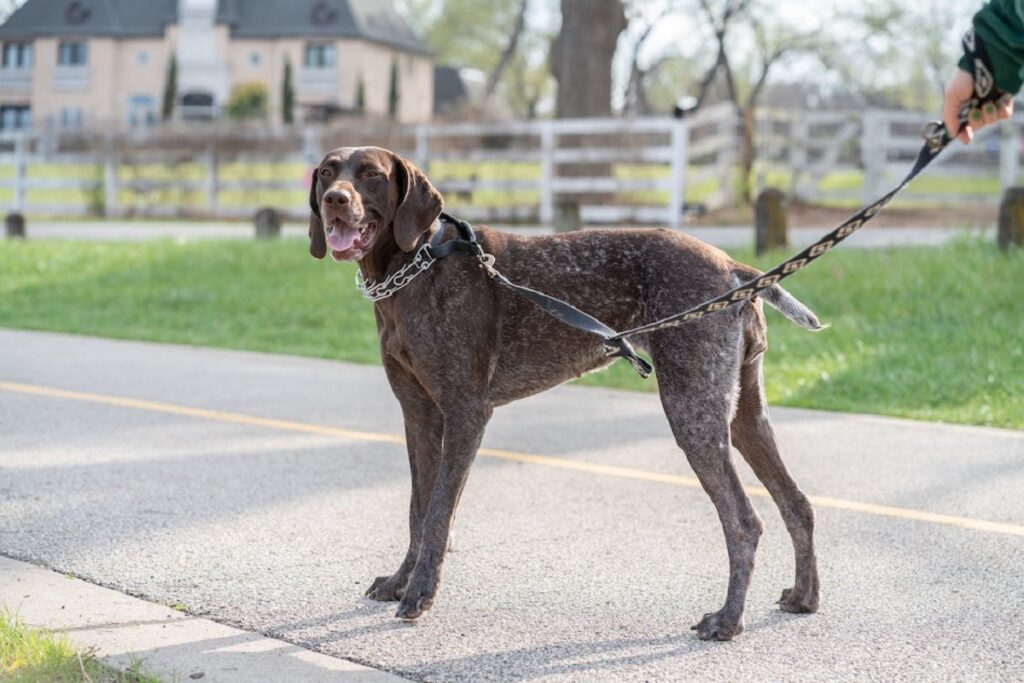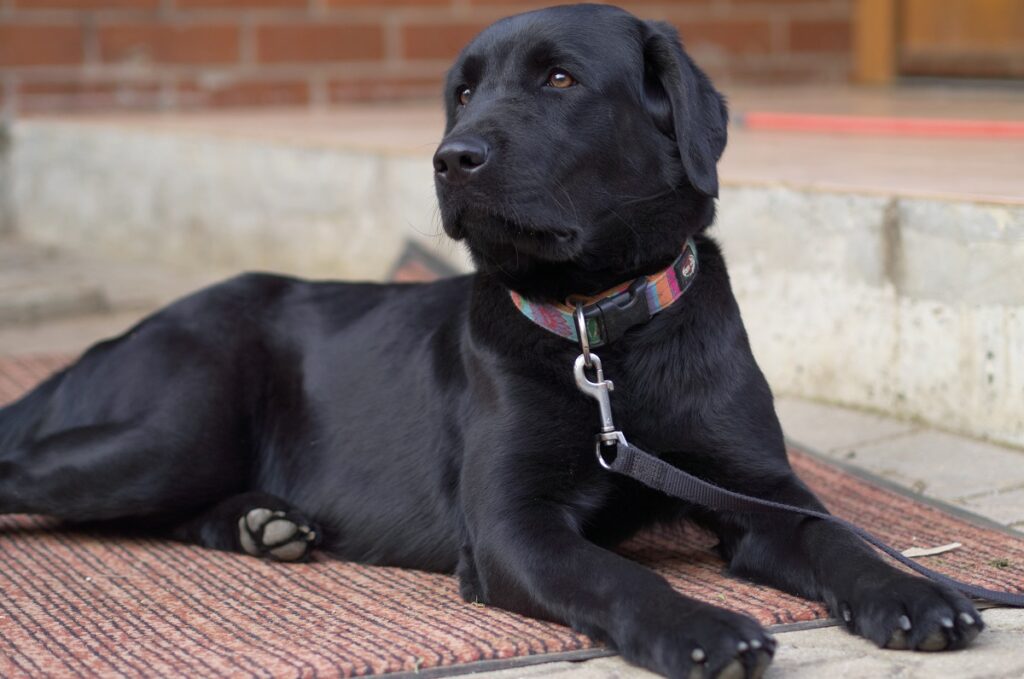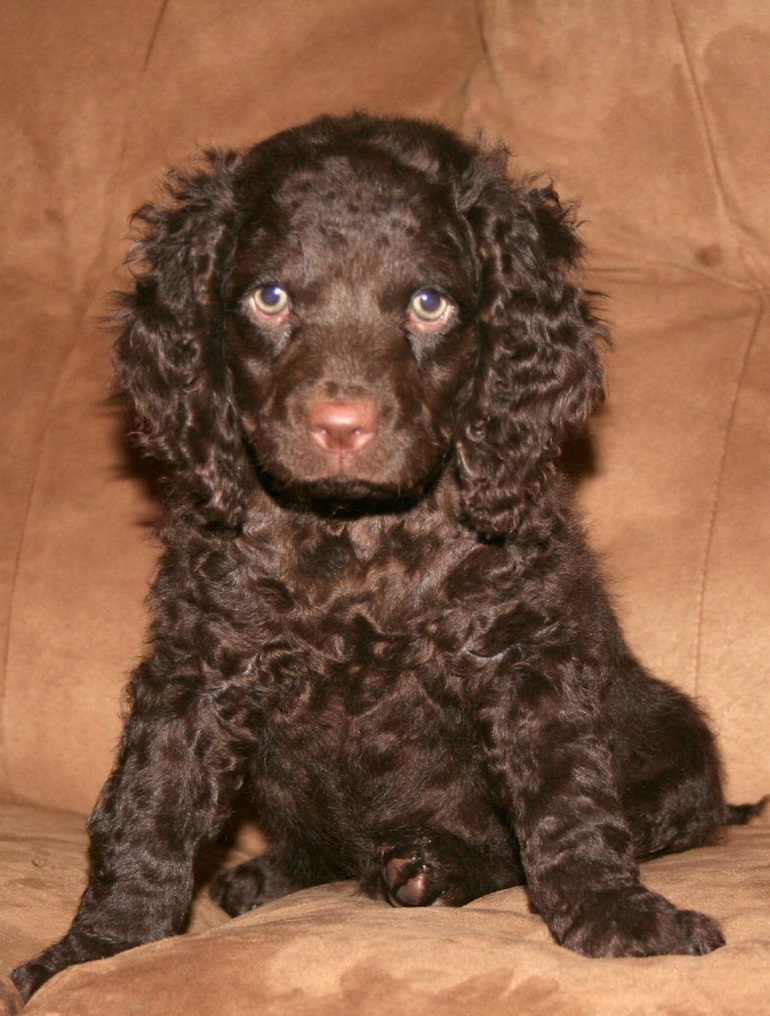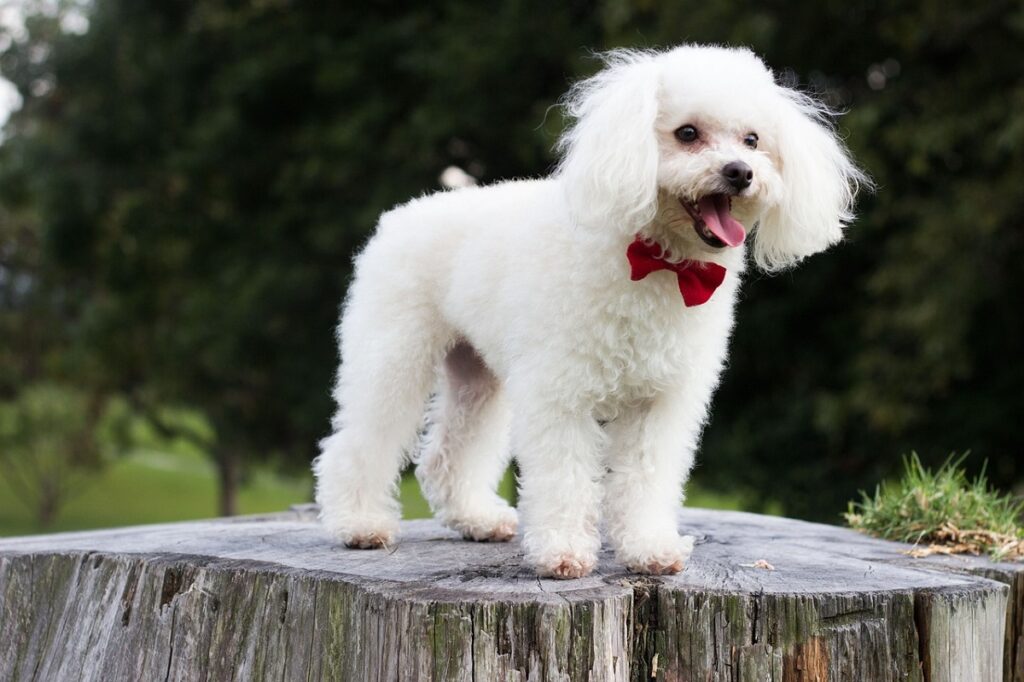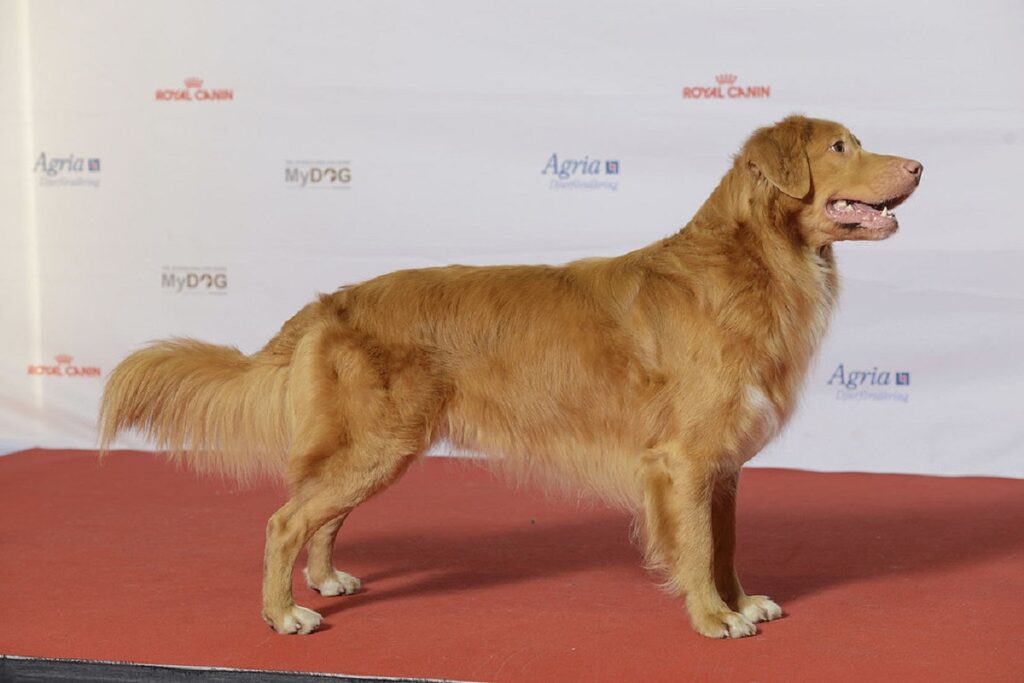From paddling pooches to water-retrieving wonders, certain dog breeds possess a unique advantage in aquatic environments: webbed feet. These built-in paddles propel them through water with impressive efficiency, making them natural swimmers and adept retrievers. Join us as we dive into the world of webbed-footed canines, exploring the top 11 breeds that showcase this remarkable evolutionary adaptation. Whether you’re looking for a playful water companion or simply fascinated by the diversity of the canine world, you’re about to discover some truly remarkable dogs.
What do ducks, geese, and poodles have in common? (These are the questions that keep me up at night.) They all have webbed feet. Although all dog breeds have “webs” of varying degrees, some are more pronounced, and it’s those we’re particularly interested in here.
Just like some dogs have coarse hair or short tails or big eyes, there are some dogs with webbed feet. And they serve a purpose. We’ll share the breeds that stand out with webs extraordinaire and explain why they’re born with them in the first place.
Newfoundlands and retrievers are just a couple of these phenoms who proudly walk around with extra skin on their feet. All they need are a bill and feathers for the ducks to be jealous.
So let’s begin by digging into the age-old question that has kept humanity going for eons: Why?
Why Do Some Dogs Have Webbed Feet?
Throughout history, dog breeders have been able to develop animals that have specific qualities, including physical ones, called selective breeding. Depending on what the goal is – temperament, vocation, looks – they can “infuse” specific traits with relative ease. And webbed feet are one of them.
Note: Nature also has its hand in making this happen.
If the goal is to improve a dog’s swimming capabilities, these breeds will often have dense, waterproof coats to round out their H2O perfection. All dogs have webbed feet (connective tissue), but in certain breeds, the webbing reaches further down between the toes towards the nails.
How Do Webbed Feet Help Dogs? Let’s Get Into It.
Advantages of webbed feet in dogs
- Enables hunting dogs to retrieve water game more quickly
- Aids in water and land agility
- Gives dogs greater traction/gripping ability
- Aids with digging in dogs who hunt or are otherwise interested in things underground
So, now that you know the basics, let’s get into the breeds.
Dogs With Webbed Feet
Let’s explore dog breeds with webbed feet, perfect for water activities, and learn about their unique swimming abilities and characteristics.
1. Newfoundland
The Newfoundland just might be the most amazing swimmer on this list, and its webbed, huge paws certainly are a factor. Their gentle and empathetic natures help them perform at top capacity, and they’re truly a sight to be seen in action.
Since this massive breed can reach 100-150 lbs, they’re perfect for guiding distressed humans in the water to safety. They have double coats to protect them from frigid water temperatures, and their outer coats are short and coarse.
Although their true histories are fuzzy, these dogs have proven themselves to be able to “herd” fish into nets, retrieve broken equipment, and take ropes to land to dock boats. Canadian fishermen relied on them. This breed performed effortlessly in the icy waters of the North Atlantic.
They interact famously with kids and other dogs and are known for their sweet temperaments. A Newfie even helped “supervise” Senator and Mrs. Robert F. Kennedy with their 11 children.
2. Portuguese Water Dog
Talk about a dog who was made for the water, and the Portuguese water dog is just that. This medium-sized breed (35-60 lbs.) is listed in the “Working” group by the American Kennel Club (AKC).
Portuguese water dogs have a strong work ethic and high energy. If you’re not ready to hike, hunt, swim, or run with this breed, you might want to look elsewhere for a best friend. Once called the “fisherman’s dog” by Portuguese fishermen, they could perform many of the duties of the Newfoundland.
This breed eventually made its way to America and was first recognized by the AKC in 1983. Today, the PWD is more prevalent in the US than in any other country. Their coats are curly and/or wavy, they have prominent webbed feet, and they were specifically bred for water activities, among other traits.
In 2009, this breed became even more famous when President Barrack Obama became the guardian of two PWDs, Bo and Sunny.
3. Irish Water Spaniel
These highly affectionate (with family members) and playful dogs are sometimes confused with the poodle. It’s easy to see the resemblance. They have a double coat with tight curls and a working endurance that can put other breeds to shame.
These traits make for a tough dog who can work in harsh conditions like freezing water, weather, and thorns. They’re easy to train and can be quite vocal in order to alert guardians, hunters, or fishermen.
With webbed feet and a water-repellent coat, the Irish Water Spaniel is perfect for the water but also excels at hunting on land. Excellent family companions, they can relax with their guardians as well as they can work. They’re amazingly versatile.
These dogs with webbed feet can be wary of other canines, young children, and strangers, but with proper training and early socialization, they can adapt with the best of them to become incredible family pets.
4. Otterhound
These high-energy dogs (do you see a pattern here?) were developed to hunt otters in medieval England, threatening fishermen’s catches until it became illegal. They’re scenthounds, and they are playful, curious, and courageous. With that high energy comes a propensity for participating in canine sports like agility, obedience, rally, and especially, scentwork or tracking.
This is a rare breed that was once almost extinct. Big and shaggy, with a rough, “mutt”-like, tousled double coat and webbed feet, here are some other characteristics of this charming dog:
- Intelligent
- Even-tempered
- Affectionate
- Stubborn
- Sensitive
Their coats keep them warm in the winter and, surprisingly, cool in the summer, so they don’t need to be shaved. The large Airedale dog breed can thank the breed for playing a role in their development. Otterhounds were crossed with black and tan terriers to add size and water capabilities.
5. German Shorthaired Pointer
With a short, sleek, smooth coat mixed with incredible markings like “patched,” “ticked,” and “patched and ticked” (two colors on a solid-colored or spotted background), this breed is a real beauty.
In the early 1800s, the foundation breed of the modern GSP was developed. In the 1920s, the first of the breed came to America. Although the German wirehaired pointer is more popular in Germany, the shorthair is highly regarded in the US as a hunter and a companion. They have a high prey drive, point, and retrieve instincts.
As versatile gun dogs, they learn quickly and are easy to train but do best with consistency and positive reinforcement training.
You can find shorthairs all over North America. They’re the common pointing breed for the average hunter and excel at waterfowl and landfowl hunts. GSPs are one of the main dog breeds in different kinds of field trials and hunting contests.
6. Labrador Retriever
According to Gun Dog Magazine, “It’s pretty hard to find a breed with more natural hunting ability and retrieving desire than the Lab, which is the most popular sporting breed in the US…” If you have Labrador retrievers, you already know you’ve hit the jackpot. They’re one of the most affectionate, loving, talented breeds there are.
Their large and webbed paws help them maneuver in the water and on land. However, this is not to say that you’ll absolutely get the perfect hunting/water dog with any Lab. They’re each unique. It depends on their lineage, parents, health, and backgrounds, so you can see how important it is to know your dog, especially if you’re looking for an ace hunter.
We strongly believe in adopting rather than buying, which puts you in a great spot if you’re not searching for a hunting champion. They could be, they may not be, but you’ll still most likely get a Labrador that’s exuberant, friendly, and loving.
7. Dachshund
What? The hotdog of the dog kingdom? With webbed feet? Yep. They were developed in Germany to chase badgers from burrows. They needed that extra “Oomph” to dig, and their short legs kept them close to the ground to be better prepared to enter the tunnels.
The Dachshund, meaning “badger dog,” comes in standard (16-32 lbs.) or miniature (11 lbs. and under) sizes and three coat types – smooth, longhaired, and wirehaired.
Standards were used to hunt deer or foxes, while smaller Dachshunds were bred to hunt ferrets and hares. This breed tends to be vocal; it’s necessary for their resume, and they are actually scenthounds.
8. American Water Spaniel
From the “Sporting” group (AKC), here’s a 25-45 lb. dog that was developed to work in icy waters of the Great Lakes in the US. With their curly or wavy, dense double coats, they’re able to withstand whatever nature throws at them.
Especially interesting is that they were bred to be smaller dogs that would be able to navigate in and out of boats without rocking or capsizing them.
They’re intelligent, happy dogs who are eager to learn and naturally attracted to water. They’re also versatile retrievers that need lots of physical and mental exercise. (Think puzzle toys.) That way, this web-footed hunting dog will become your greatest companion.
9. Poodle
Little known fact: Poodles are some of the best swimmers in the canine world. So much so that their heads barely even bob as they move through the water. They were developed in Europe; it’s up for debate exactly where from, to be hunting dogs specializing in waterbird retrieving and upland bird hunting.
They’re consistently listed as one of the most intelligent dog breeds. There are three classifications: Standard, miniature, and toy. Poodles are athletic, and that glorious haircut at conformation (dog) shows, and sometimes elsewhere, is called the Continental cut. Although all dogs shed dander, this breed sheds very little. They excel at:
- Retrieving/Hunting competitions
- Obedience competitions
- Rally
- Tracking
- Dock diving
10. Nova Scotia Duck Tolling Retriever
In colors of red, buff, or red gold, this dog’s beauty will make you look twice. They’re buddies with kids and other dogs, and they’re devoted, outgoing, and energetic. They’d love to participate in canine sports, long swimming jaunts, and nice meandering hikes.
They’re the smallest of the AKC’s retrievers at 35-50 lbs. Nineteenth-century sportsmen developed the breed to lure ducks into shooting ranges, gently retrieve the downed fowl, and return them unharmed.
These dogs are passionate and perform at 100% whether they’re hunting ducks, competing, or playing in the backyard. Their webbed feet enable them to maneuver water and land with ease.
11. Chesapeake Bay Retriever
This fantastic watchdog, strangers aren’t his favorite people in the world, is protective and loyal. They enjoy:
- Hunting/Testing/Field trials
- Conformation
- Tracking
- Agility
…among other activities. The Chessie was developed in Maryland in the early 1800s. Their powerful hindquarters and webbed feet make them excellent swimmers. This breed’s outer and undercoat contain oils that help waterproof them.
Prized for duck hunting, their main weapon to break ice while diving into frozen water is their powerful chests. They can be strong-willed but are easily trained, so just stay consistent and use positive reinforcement training with them. The CBR was declared Maryland’s official state dog in 1964.
FAQs
What Breeds of Dogs Have Webbed Feet?
All dogs have connective tissue between the toes. Here’s a list of dogs with more pronounced webbed feet than some others:
- Newfoundland
- Portuguese water dog
- Irish water spaniel
- Otterhound
- German shorthaired pointer
- Labrador retriever
- Dachshund
- American water spaniel
- Poodle
- Nova Scotia duck-tolling retriever
- Chesapeake Bay retriever
And more.
What Is the Meaning of a Dog Having Webbed Feet?
Dogs with pronounced web feet are generally swimmers, hunters, or those who need a lot of traction like for digging or moving through brush.
Do Dogs with Webbed Feet Swim Better?
Absolutely. Think about a human with swimming flippers on. This is the equivalent (not exactly, but it helps) of having more “skin” to press with against the water for propulsion.
Why Might Goldendoodles Have Webbed Feet?
Golden retrievers and poodles were originally bred as water dogs, and these are the breeds that developed the Goldendoodle. Not every one of them has webbed feet, but with good (reputable) breeding, they should. It’s a genetic characteristic that can be passed on.
Conclusion
Now that you’ve been schooled on “all things dog’s paws,” we hope you’re more inclined to adopt one of your own. Many of these are well-known, some of the most popular dog breeds, and some are lesser known.
Check out the rescue dogs at shelters to see if one suits your fancy. These breeds are scary, smart, and hardworking, and they love their people. Just add water, and you’ve got one happy dog!
Webbed feet in dogs, a fascinating adaptation inherited from their wolf ancestors, provide distinct advantages for certain breeds. From the powerful Newfoundland rescuing swimmers to the agile Portuguese Water Dog navigating choppy waves, these 11 breeds showcase the remarkable utility of this trait. Whether retrieving waterfowl, traversing marshy terrain, or simply enjoying a spirited swim, their webbed feet provide enhanced propulsion, balance, and grip. This specialized feature highlights the diverse ways dogs have evolved to excel in specific roles, solidifying their place as both versatile working partners and beloved companions.

